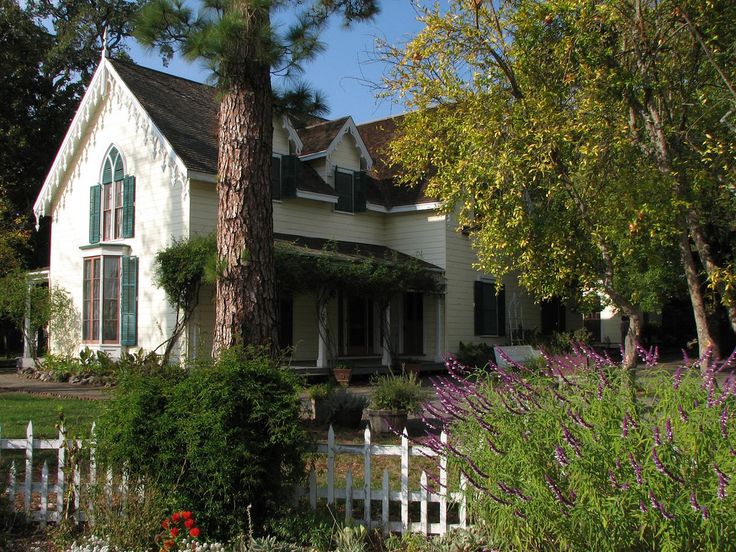
The decision by a community to commit itself to historic preservation is a commitment to enforcing rules. Unless rules are created that define what contributes to historic preservation and what does not, the entire effort becomes impossible.
Here in Sonoma we use various methods to reinforce the city’s commitment to historic preservation. Our Historic Overlay Zone is extensive, with rules covering residential, commercial and mixed used parcels; rules about land use, demolitions, paint colors and building modifications are contained within the Development Code. Design guidelines have been created to assist the various commissions in their decision-making, reflecting policies approved by the elected City Council.
Despite these commitments and protections, decisions are too often made as if no previous thought has gone into historic preservation at all. Sometimes it’s a lack of institutional memory, inexperience of commission members or just plain confusion. A good example is the way in which the history of the Peterson property on 1st Street East across from the ball fields, now being proposed as the site of project combining housing, hotel, pool, health club and cafe, has been forgotten and ignored during two recent Planning Commission study sessions.
In 1996, the City of Sonoma adopted an “interim zoning ordinance” to govern land use while the final language of a new Development Code and Zoning Ordinance was completed. Properties northeast of the Plaza were rezoned in the interim ordinance as Mixed Use, including the Peterson property. While the Petersons and the neighborhood desired the parcel ultimately to be used for housing, the decision was made to zone that parcel Mixed Use too, since not to do so would have created an uncomfortable situation of “legal non-conforming use” for Peterson Mechanical’s commercial business still using the property.
The North of Mission Neighborhood Association felt that the risk of intense commercial uses in their neighborhood was too great under the Mixed Use zoning provisions. A lawsuit was filed challenging the city’s zoning. After reviewing the neighborhood’s concerns, the city Council adopted an amendment to the interim zoning ordinance, essentially making a formal commitment to the neighborhood limiting high-intensity commercial uses on the Peterson property; the lawsuit was withdrawn.
The effects of this history can be seen in the Northeast Planning Area Guideline and its recommendation of allowing only very low-intensity commercial uses in scale with the area to preserve its historic character and to insure that housing takes precedence as development proceeds. The Guidelines are intended to help both the Planning Commission and project applicants understand how to best match development to policy and vision.
Regrettably, nothing about the history of the lawsuit and amendment and the reasons for the creation of the Guidelines was in the city staff report to the Planning Commission, and until I brought it to their attention at the second study session, apparently was not known by the commissioners or remembered by them, assuming they lived here in 1996.
Promises matter, not just in principle but in practice; in this case, a promise that insures historic integrity of the North of the Mission neighborhood. It matters to those residents, but it should also matter to all residents. Either we are serious about historic preservation or we’re not. If we ignore our own history of merely twenty years ago, we also ignore its lessons. Development of the Peterson property was inevitable, but also had been subject to thoughtful consideration of how that should proceed. Ignoring policy intentions means no neighborhood is safe.
Some argue that everything changes, but when it comes to historic preservation, the opposite is true. Historic preservation requires that change is modest, at most. Exclusions, limitations, restrictions and guidelines are the life’s blood of preserving Sonoma’s neighborhood history and should be embraced, not ignored.